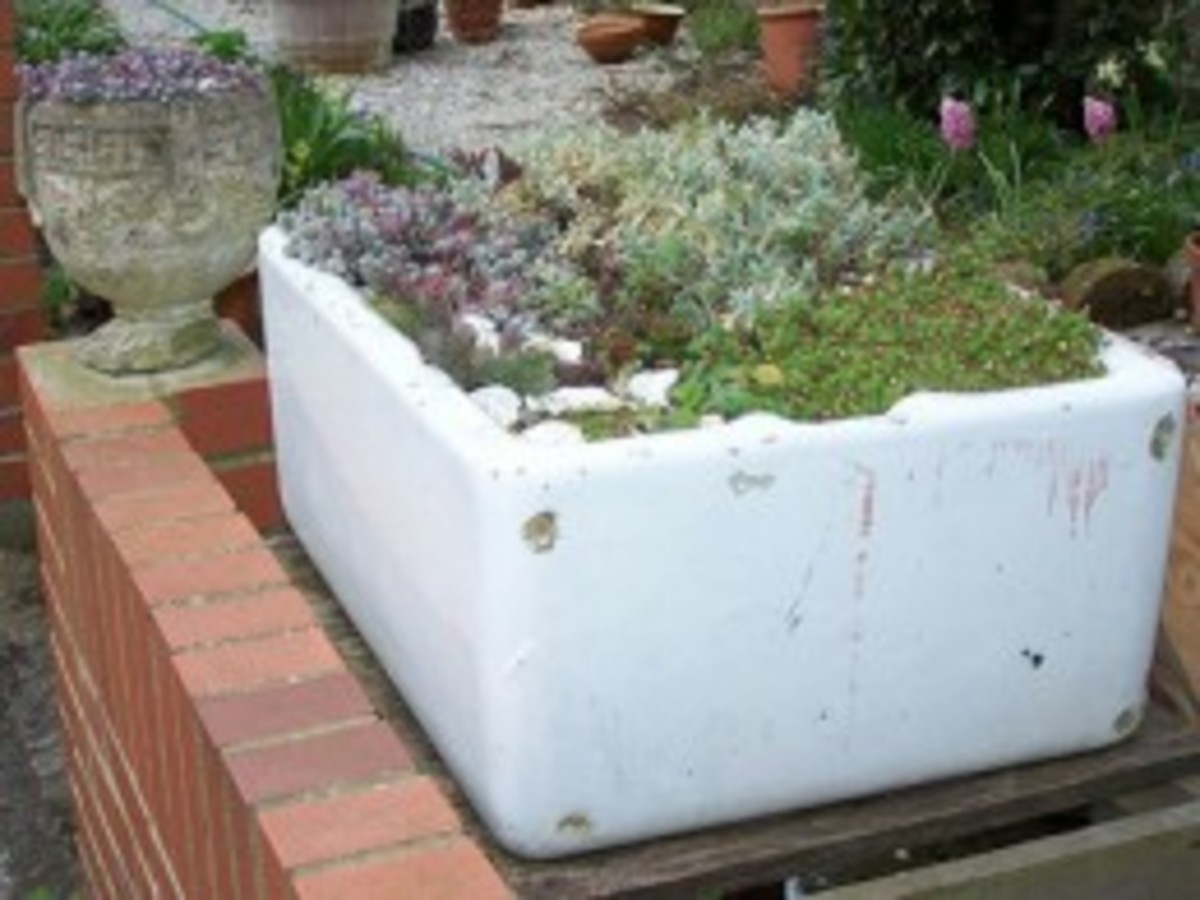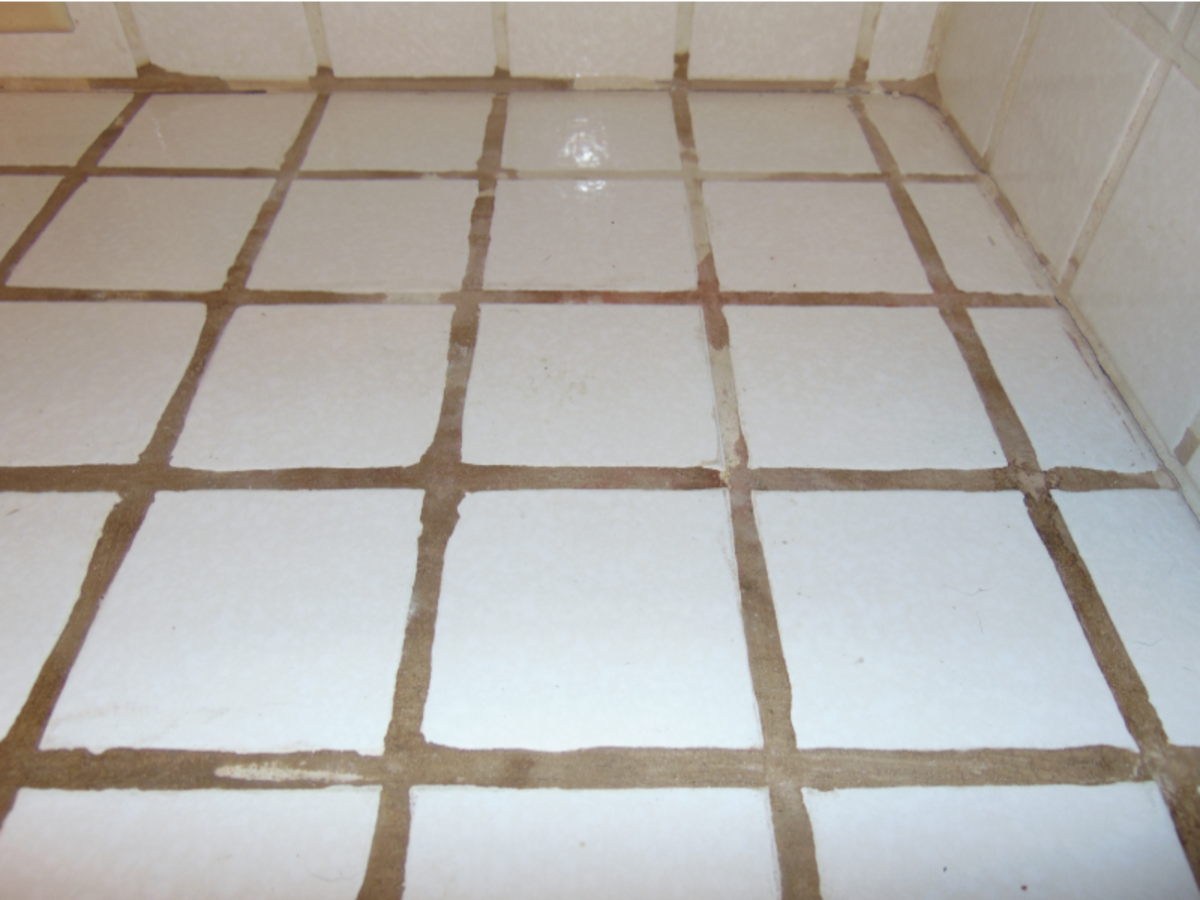Why Choose Concrete Sinks Over Traditional Sinks?
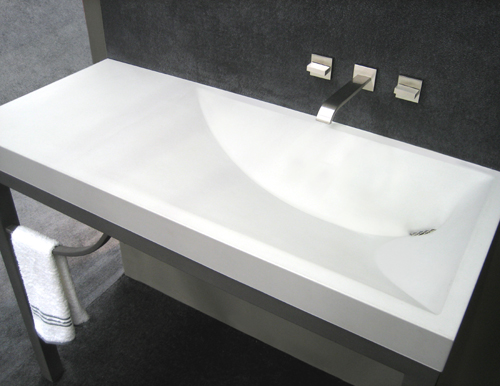
Think about having the ability to custom design every aspect of a sink. From the shape, to the size, and even the color, you have complete control of how the finished product will reflect your personality and décor style. You can actually call the sink your creation and showcase it as functional artwork. Concrete sinks are making a huge impact for one main reason - customization. A little imagination and some technical knowledge and craftsmanship are turning concrete sinks into the focal point of the room.
Traditionally bathroom sinks come in 4 main categories: integral sinks, undermount sinks, drop-in sinks, and vessel sinks. Each sink has characteristics that make them appealing to prospective buyers. Cost, design, and ease of cleaning are the main factors that consumers typically look at when deciding on the right sink for their project. The interesting aspect of concrete is that it is the only material that can be cast in any of the 4 main categories economically. Since each project is made to order, the manufacturing process does not need to change drastically to fulfill a custom request. The same is not true for manufacturers of other products, like porcelain, for example. Of course, custom porcelain sinks can be made, but making one-off sinks would not be cost effective for either party involved.
Concrete companies around the United States have been perfecting the art of casting concrete sinks and are gaining market awareness for their slick designs and beautiful finishes.
“We have seen the bathroom become a place for relaxation and retreat from the rest of the house. People are creating their own spa oasis in their bathrooms. The sinks, showers, and tubs play a major role in creating that environment.” says owner Dave Grech of Trueform Concrete, LLC, a NY/ NJ concrete countertop company that has created an online store where the public as well as the trade can order custom and semi-custom concrete products including concrete sinks. “This website has allowed designers, architects, and the average homeowner to have access to custom concrete sinks for their projects” says Grech. It’s obvious that people want the opportunity to express themselves in their own home and concrete allows them to do just that. The benefit of concrete over other commonly used surfaces is that it will always be able to evolve and fulfill the design needs of the client.
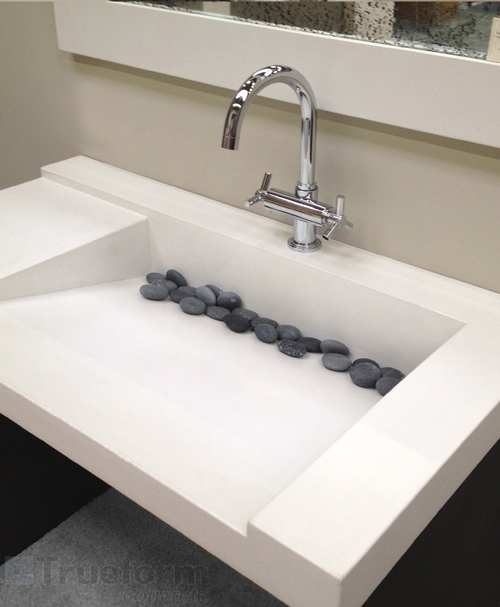
Integral Sinks:
An integral sink is one that is in-one or part of the countertop, thus having no seams or caulk lines at the sink. Integral sinks are common with concrete countertops, and have also been used in cultured marble and solid surface materials. Since molds are used, virtually any sink shape and size can be cast into a countertop of any size or thickness. These concrete sinks can also be made lightweight using newer concrete technology like Glass Fiber Reinforced Concrete (GFRC).
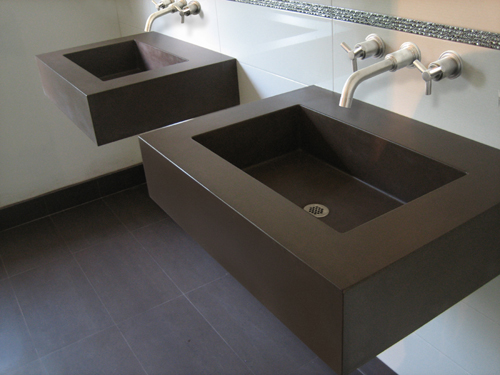
Undermount Sinks:
The undermount sink is the most common type of sink used in a bathroom. This is more commonly found in newer construction and renovations as it has replaced the outdated drop-in sinks. Their typical installation is in natural stone, solid surface, and concrete countertops. These sinks mount from the underside of the countertop. The sink is slightly larger than the opening created in the countertop, creating a lip or overhang into the sink bowl. This sink gives a clean look and allows water to be wiped from the countertop right into the sink.
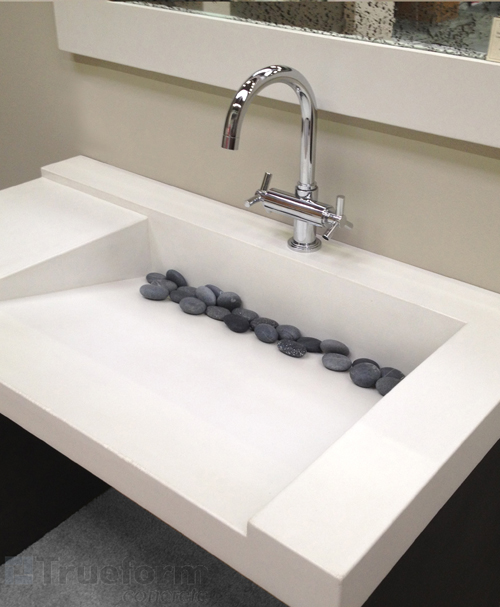
Drop-in or Self Rimming Sinks:
This sink is typically installed in a vanity countertop and is common to older installations. Drop-ins can be installed into any type of countertop by the lip that is over-sized to the hole. The sink simply "drops in" a countertop and is caulked around the perimeter. These sinks tend to get a build-up of grime around the caulk rim and make it impossible to wipe water from the countertop into the sink.
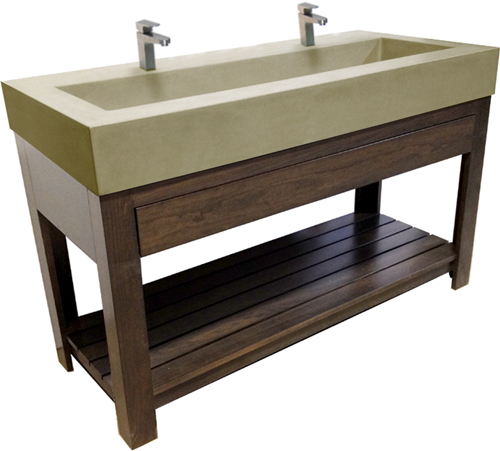
Vessel Sinks:
Vessel sinks create a unique look by sitting on top of the countertop. These sinks come in many shapes, sizes, materials and styles, and the can either sit completely on top of the countertop or be partially recessed into the countertop. These sinks tend to be ergonomically challenging and water splash is a common complaint.

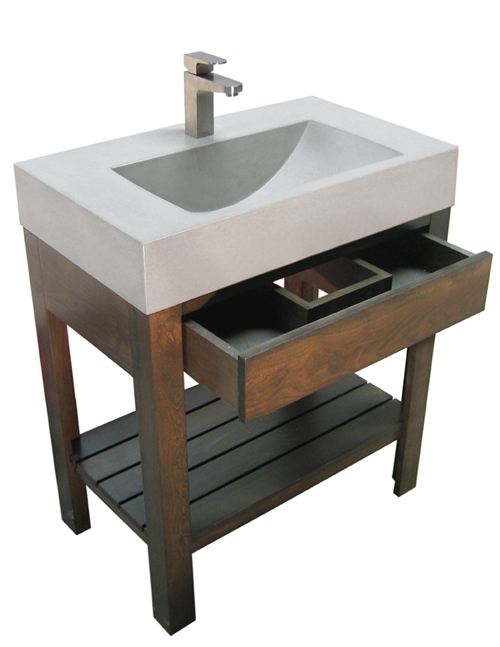
The Best of the Best
- Sinks
Trueform Concrete is a New Jersey based concrete countertop fabricator also specializing in concrete fireplace surrounds, concrete tables, concrete sinks, and other concrete products.


